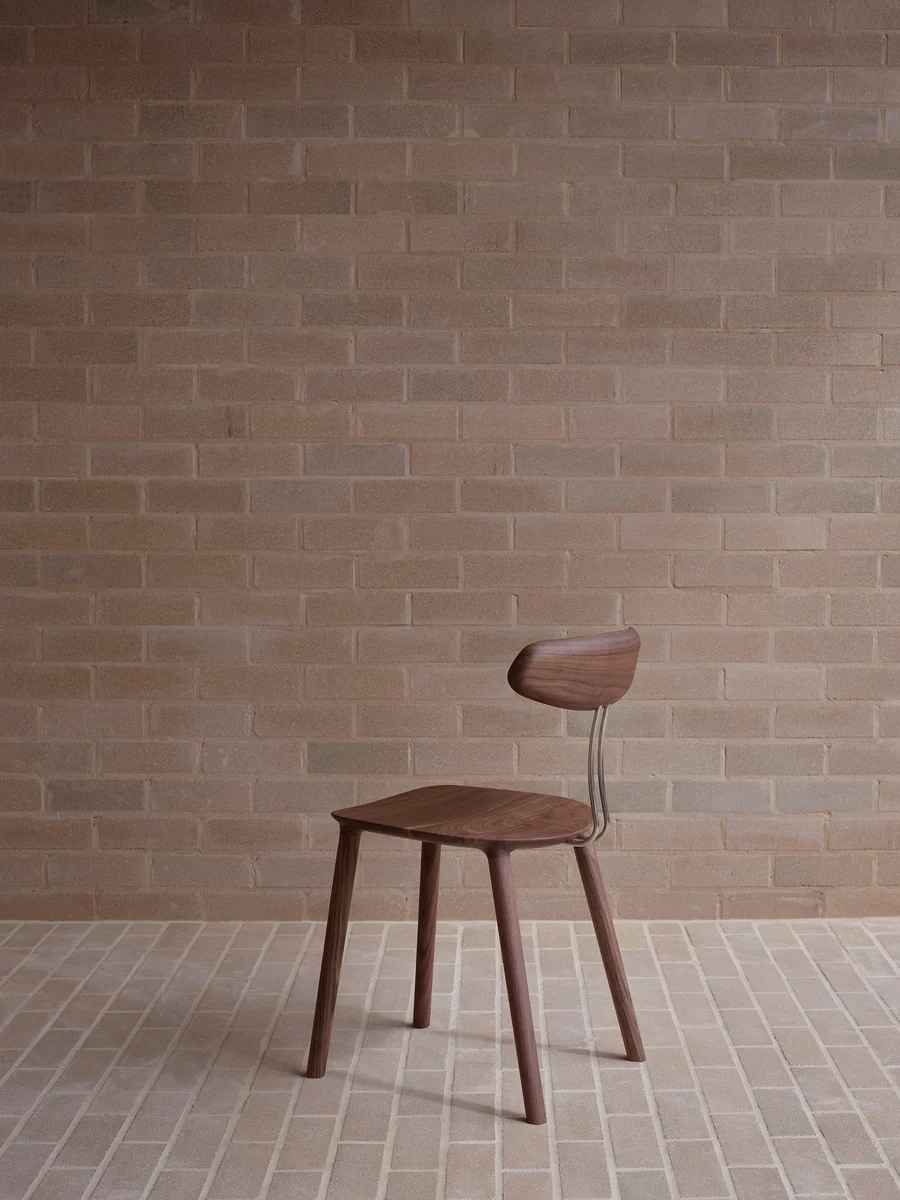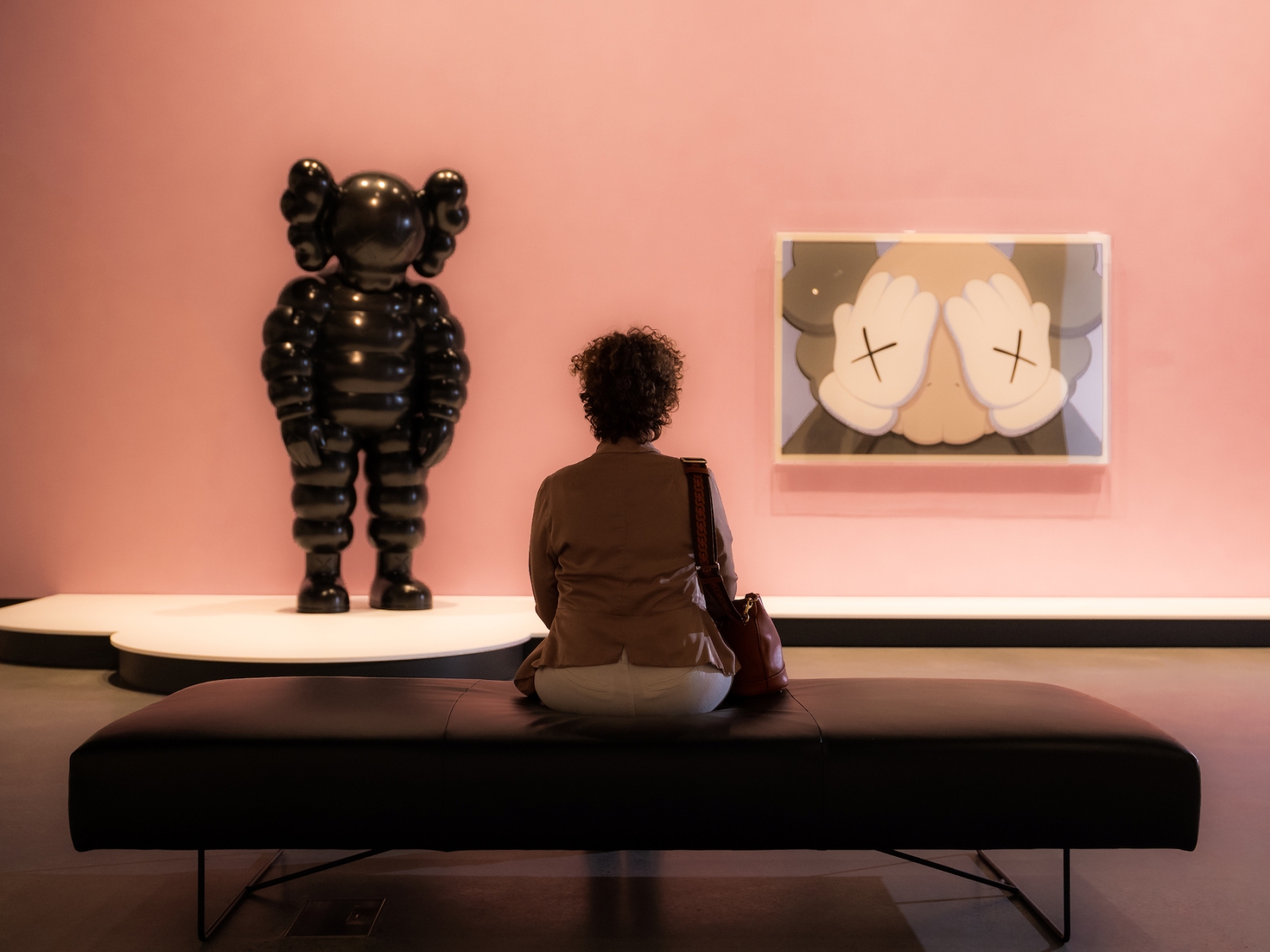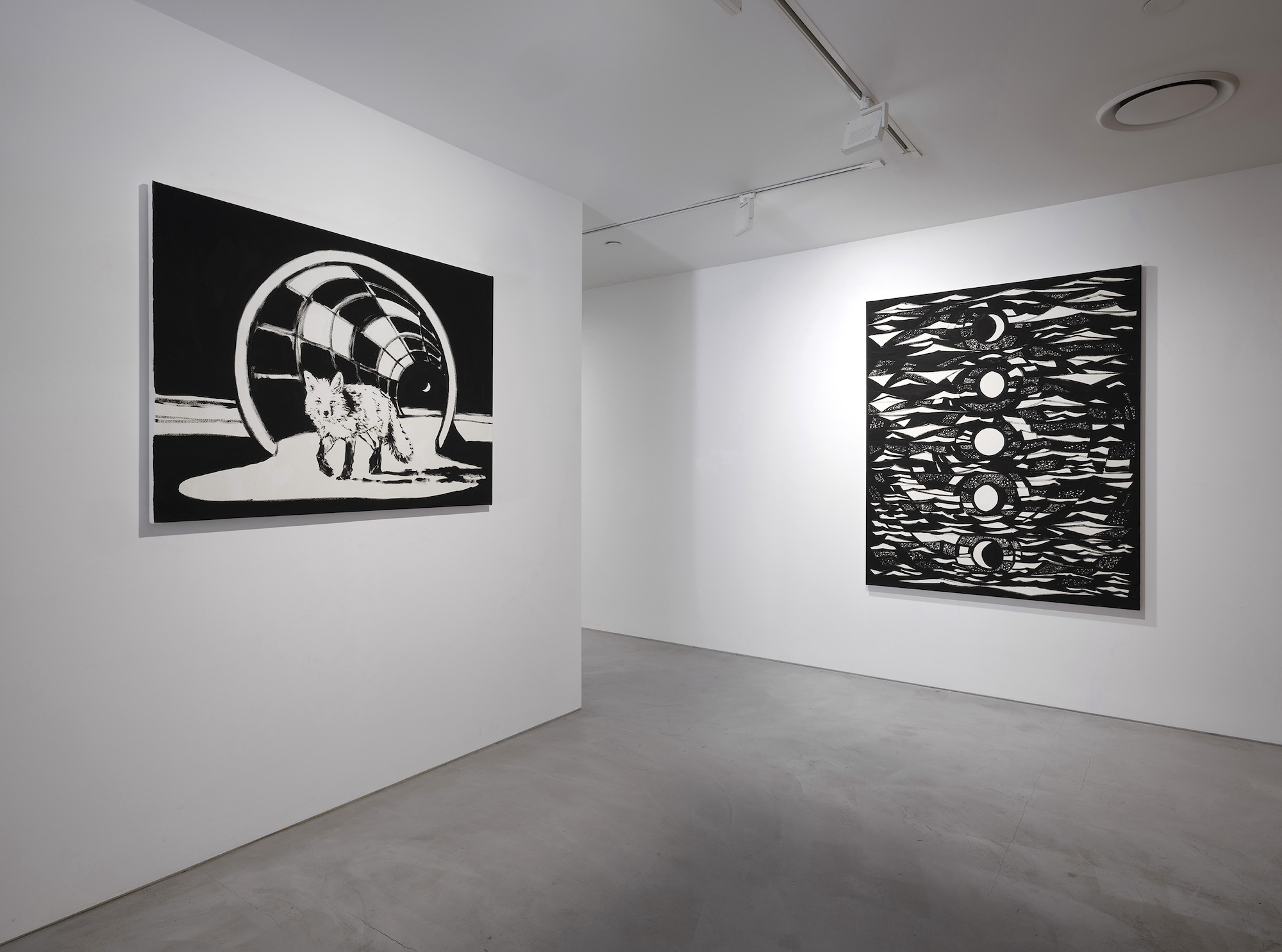Earlier this year, Artisan, Queensland’s hub for craft and design, made their debut at Melbourne Design Fair (MDF) by featuring thirteen promising craft and design practitioners. Among them, CJ Anderson stood out due to his curious and cutting edge tubular steel creations.
Recognising Anderson’s finesse in the realm of furniture design, and his genuine collaborative spirit, Artisan’s Creative Director Cassandra Lehman positioned him as the curator for their latest exhibition, Spectra. Showcasing the wares of eight artisans and artisanal entities, Anderson describes the exhibition as a celebration of the diverse tapestry that defines Queensland’s vibrant furniture design industry.
From the outset, Spectra is an accessible exhibition, a quality owed in large part to our familiarity with furniture. Whether it’s the chair you are currently seated on, a cherished dining table that now bears traces of countless conversations over shared meals, or a bathroom mirror that has witnessed too many battles with toothpaste, functional items hold the potential to be reimagined and reinvented. These objects reflect our intimate domestic routines, yet our frequent interaction with them often leads to a certain level of complacency (as is human nature). Placed in the considered context of the exhibition space, the show prompts us to recognise the hand of their maker as well as the promise embedded within everyday objects.
Lehman muses that the limitlessness joy found in Queensland design can be attributed to our lingering sense of parvenu. This fancy French word loosely describes Brisbane’s ‘younger sibling’ trope. Yet, we’ve now grown beyond our awkward, gangly stage; our metaphorical braces have been removed, and our complexion is finally clearing up. As our notoriety has surged due to some hefty state development and the anticipation of the 2032 Olympic Games, designers are relishing in the freedom of expression left by our downfalls in a distinguishable aesthetic identity. Emerging from this context, Spectra represents an earnest attempt to explore Queensland’s evolving aesthetic identity in the realm of furniture design.
The Fearon brothers’ collaborative work reminds us to remain playful, investing a little joie de vivre,[1] if you will, into our parvenu. The unwavering grin plastered on Drew’s Drawers (2022) seems as if it were manifested from an alternate reality wherein Play School grappled with the contemporary relevance of art deco design. Delightful as they are sophisticated, it is obvious why the pair are garnering serious online attention. Where the implication of rotund legs emerges from their CHUB (stool) (2019) the brothers’ smooth, minimalist design mellows this cheekiness with instinctive refinement. My barometer for reverence in this case lies, quite simply, in my guttural want for every single piece they create. (I do not have the space, but I will take two of everything, please).
CJ Anderson and Jay Jermyn’s collaborative contribution Just trying to hold it together (2022) adopts a spectacle-driven approach to conceptualising the materiality of their work: a shattered glass chair. Described by an audience member as “the seat that does not want to be sat on,” the irony of the piece cannot be overlooked. Harnessing a similar discomfort and precariousness to Meret Oppenheim’s Object (1936) (a teacup, saucer, and spoon encased in gazelle fur), the splintered glass is shocking in its inability (or better yet, refusal) to wield the weight of a human. The work offers rich questions surrounding human-centric ideology, the expectation and performance of artisanal practice, as well as the chair as a metaphor for submission.
Anderson’s second collaborative work with senior elder of the Binthi Warra clan, Grace Rosendale, serves as a conscientious rejection of the uninformed and unethical appropriation of Indigenous design. Rosendale, the designer of the work’s textile design, depicts a remarkable narrative of a freshwater lagoon’s remedial properties, which healed her sick father. When combined with the plush comfort of a couch intentionally designed by Anderson to, as he aptly puts it, “hug and comfort you,” this narrative of healing becomes an integral part of the very fabric that envelops its form. This collaboration, now a subsequent venture for Artisan, following their recent partnership with Ikuntji Art Center, is a holistic and symbiotic facilitation that I am excited to see more of.
Much like our all-encompassing subtropical climate, Spectra initiates a dialogue about the essence of Queensland furniture design, emphasising its inherent warmth and lightness. Lehman further emphasises that exhibiting artisans possess “a tender appreciation for their materials, their practice, and the patience required to create thoughtfully crafted objects. This is how one discovers their voice . . . this is how one defines and discovers their style.”
Approaching design and making as a sensuous collaboration with both materials and processes, Ross Annels’ installation, The Breeze at Dawn Has Secrets to Tell You (2020), returns agency to the bunja tree. Annels achieves this by conceptually deconstructing the origins of his wishbone chair, fashioned from the wood of this tree. The piece is accompanied by wind chimes that were once placed in a Bunja Forest, a soundtrack that amplifies the forest’s wind, and an outstretched sheet of latex, originally painted and unwrapped from the tree’s circumference. By representing and paying homage to the essence of his material, Annels elicits its ‘skin,’ ‘breath,’ and ‘voice’ within the exhibition space.
While perhaps less overtly bold in comparison to the material and aesthetic statements made by the aforementioned artisans, manufacturing studio Mast Furniture, Studio Flek, and independent designer Isaac Chatterton present pieces that exude liveability, all while demonstrating an exceptional level of attention to detail. The timeless refinement and simplicity of their designs lean towards the traditional, adding a layer of depth and diversity to the craftsmanship showcased in the exhibition. Each place an emphasis on sustainability as a foundational consideration in their creative process. For instance, Studio Flek recently delved into the use of discarded marble, unveiling fabrication techniques that served as inspiration for their work Figure 3.1a (2023). By exploring innovative opportunities to craft objects and architecture from waste, these creators underscore the importance of considering and innovating in material usage as a cornerstone of future sustainable practices.
With a rich 50-year history devoted to championing craft and artisanal practices, it is clear Artisan now embarks on a new era. Spearheaded by its recently appointed co-Directors, Cassandra Lehman (Creative Director) and Simon Linssen (Organisation Director), the pair’s passion for the entity extends beyond a dedication to art and craft. Accessibility is at the forefront of their agenda. The expansion of the Artisan brand is evident through approachable programming, participation in interstate art fairs, engagement of branding experts, and the promise of exciting new residency programs on the horizon. Committed to sharing these complex and essential creative narratives with a broad audience, exhibitions like Spectra stand as a testament to the fervour with which Lehman and Linssen approach their roles.
[1] Another fancy French word (because why not) for “the joy of life.”
Taylor Hall is a curator, arts writer and project manager from Brisbane (Meanjin), Australia, now residing in London, UK. Following writing and curatorial projects with L’oeil de la photographie, Redland Art Gallery, Outer Space, University of Queensland Art Museum, Metro Arts, Onespace Gallery, and Vacant Assembly, she was selected as a participant in the 5th Edition of the Autumn School of Curating held in Romania. Taylor acts as the Business Manager for the acclaimed London Architecture firm Lynch Architects and their affiliated publishing house, Canalside Press.








